£80.00 – £240.00
Looking for high-quality Liberty Cap Mushrooms in London? You’ve come to the right place. Liberty Cap mushrooms (Psilocybe semilanceata) are a popular strain of psychedelic mushrooms, well-known for their psychoactive properties and spiritual benefits. Whether you’re an experienced user or a beginner exploring the world of psychedelic experiences, buying Liberty Cap mushrooms online offers you a convenient and reliable way to obtain these powerful fungi.
At UK Mushroom Farm, we pride ourselves on providing the best Liberty Cap mushrooms, cultivated with care and sold with discretion. We ensure fast and secure delivery to London and across the UK, so you can have a seamless experience.
Shop Now – Buy Liberty Cap Mushrooms Online
Liberty Cap mushrooms are one of the most well-known strains of psychedelic mushrooms due to their potent effects. Known for their high psilocybin content, these mushrooms are sought after by enthusiasts who are looking to deepen their spiritual journeys or explore new states of consciousness.
Shop Now – Discover the Magic of Liberty Cap Mushrooms
When you buy Liberty Cap mushrooms online from UK Mushroom Farm, you get:
Buy Liberty Cap mushrooms online for a convenient and reliable purchasing experience.
Order Now – Premium Liberty Cap Mushrooms Online
Whether you’re looking to microdose for cognitive benefits or trip for a transformative experience, Liberty Cap mushrooms are versatile. Here are some common ways to use them:
Shop Now – Order Liberty Cap Mushrooms Online
At UK Mushroom Farm, we are dedicated to providing top-quality mushrooms and ensuring a smooth buying experience. We offer:



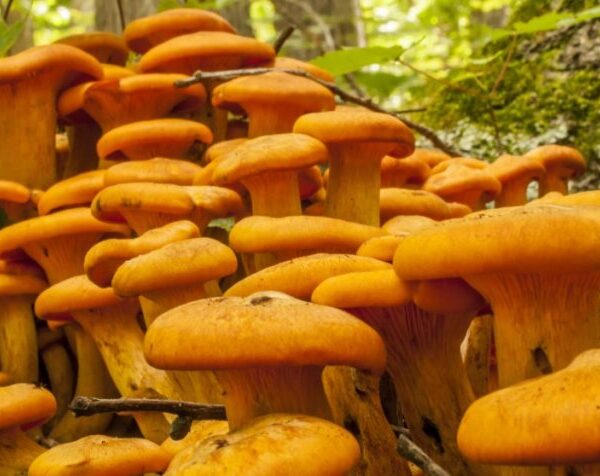
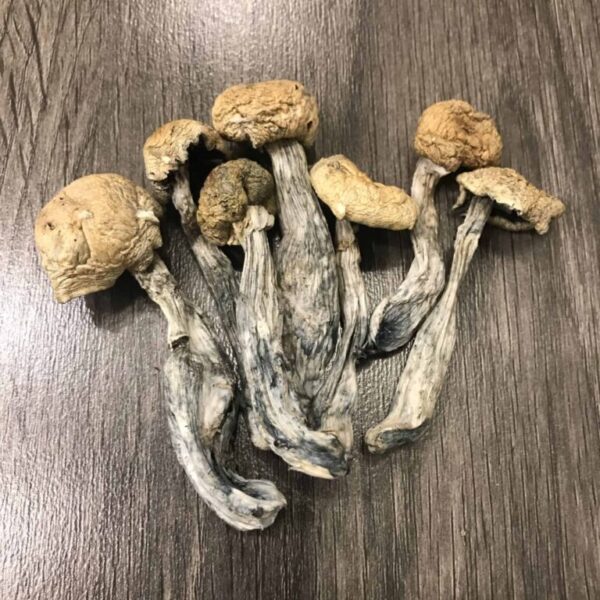

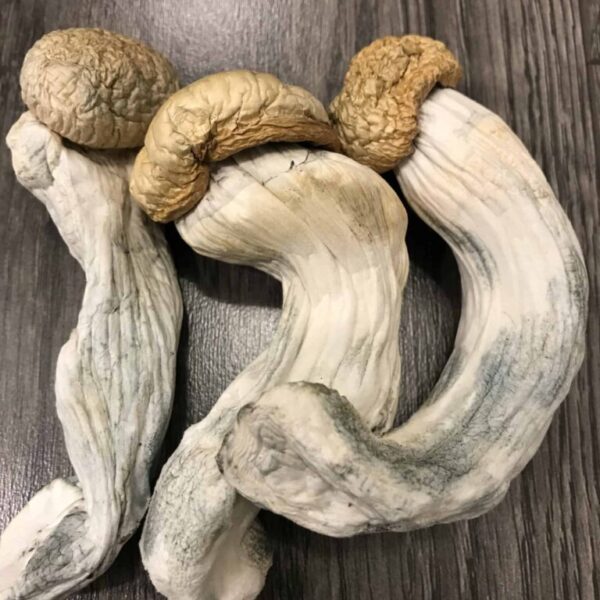


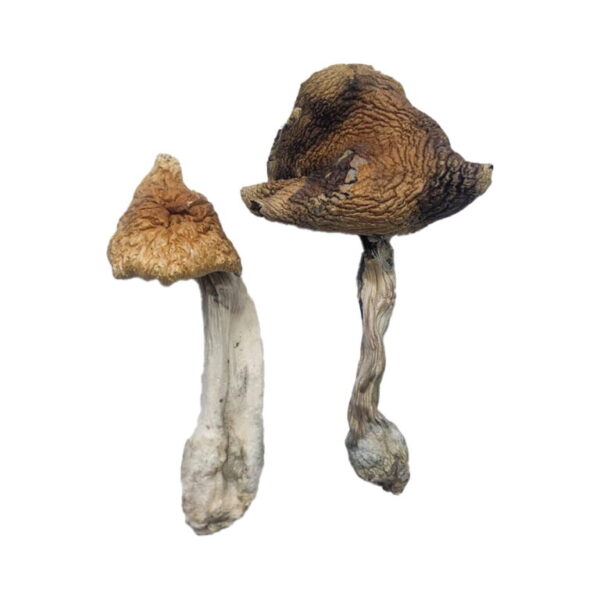
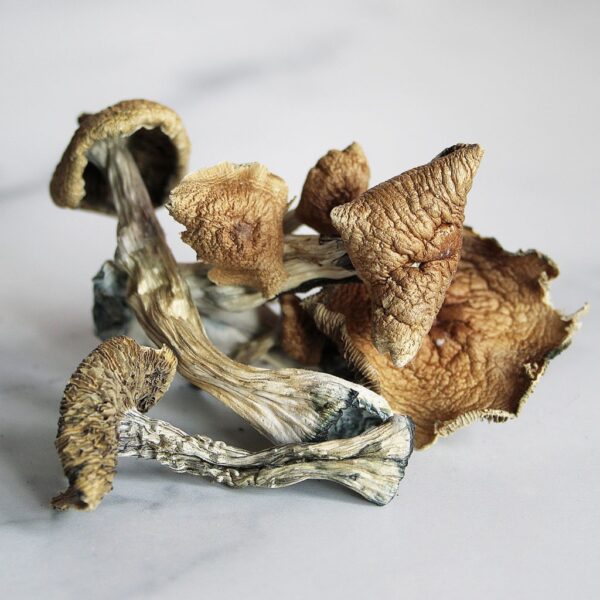
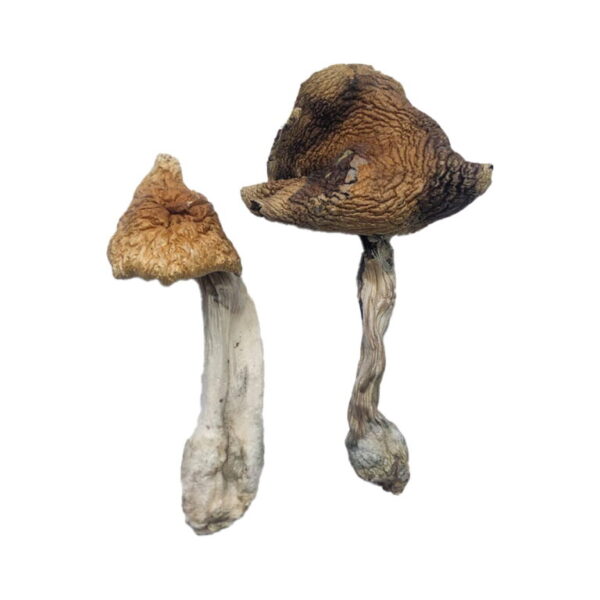

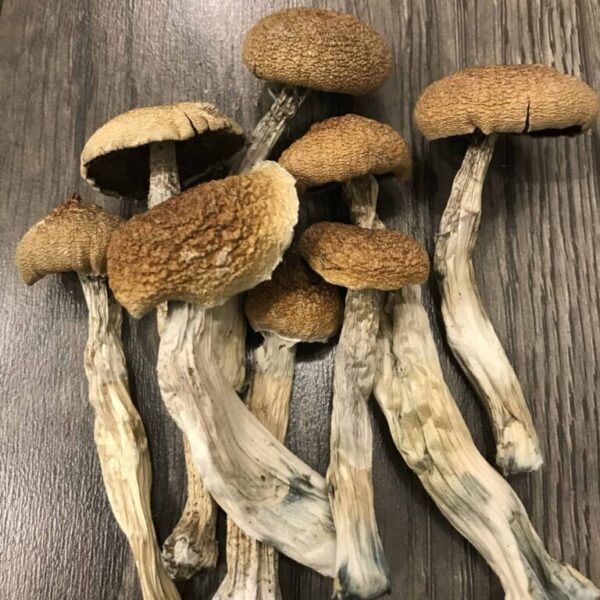

Be part of something real — click below to join our review hub for the latest updates, honest customer experiences, and trusted mushroom product reviews
Let’s grow together — your voice matters!